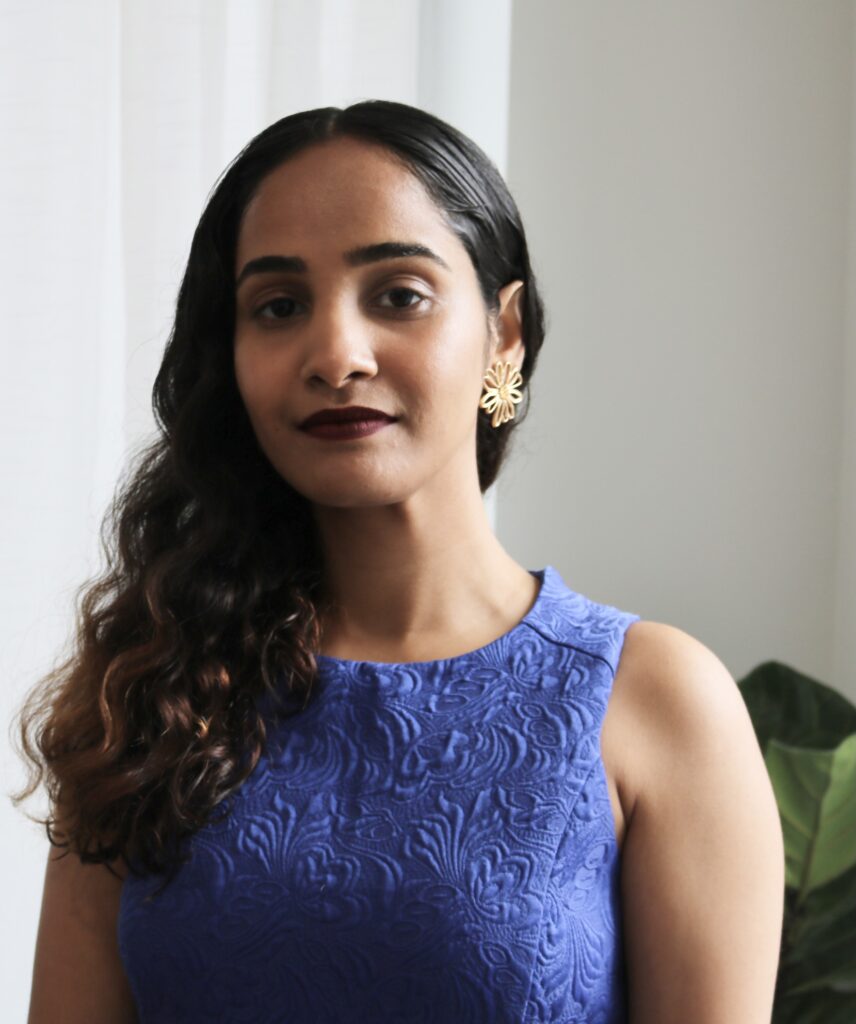FWM: While at Boston Architectural College while pursuing your Master’s thesis, you received commendations of excellence about the subject which was “Healing Racism, Center for Actuality and Equality.” What did you learn from this experience?
The way racism is expressed has changed over time and throughout generations, it’s very different now than it was in the past.
In developing my Master’s thesis I explored how architecture can create spaces that encourage critical conversations and could address racism today, while still acknowledging the past and making room for conversation about how we can work together to transform the future. A critical component was to create places that each individual could feel comfortable contemplating their role in racism, whether as a perpetrator or victim, and discover how to play a positive role in moving forward.
Spaces for such discussions are critical and can have different meanings depending on personal experiences. The site itself can hold great meaning, and that must not be neglected, as it affects how people feel about their visit to the building. Cultural biases can be brought into how we interact and react with spaces. For people of color especially, it’s vital to have spaces where different cultures are represented and valued. This was a top priority for me as I worked on my thesis.
FWM: You are the Design Director at SDI Architecture in Boston, MA. How is SDI Architecture helping to heal racism in the community?
I have taken on an initiative to bring in community-oriented projects with clients that give back to their community. For instance, we are working with a non-profit organization, Hoops 4 Life, on developing an educational and athletic complex in Waterbury, CT.
This organization focuses on showing youths a pathway to career, entrepreneurial options in sports, music and entertainment. As we develop the designs we are taking into consideration what I learned through my thesis on how spaces can have a positive impact.
FWM: How are you finding new ways to express yourself and continue to
learn about the intersectionality of race and architecture?
Coming from a caste-based society I am amazed how similar it is to racism in the US but with one very big difference: you can’t hide your skin color but you can hide your caste name. I have been working with other business leaders from different minority groups, and I am
continuing to learn about their cultures and their individual struggles. I’m always investigating how I can bring their culture into the built space, as well as how the space itself affects them.
FWM: You were named Top 100 Leaders in Real Estate and Construction at the annual WRECONF (World Real Estate and Construction Forum). What does it take to be a leader in the male-dominated real estate and construction industries?
Stand your ground and believe in what you know. Where I come from, my well wishers believed a woman should not pursue a career in a male-dominated industry – a way of thinking which is embedded in the culture. By winning this award, I am proud to show other women you can follow your dreams, in the construction industry and anywhere else
your passion leads you.
FWM: What are you most proud of?
Being a co-founder of SDI Design India while I was still working on my Master’s Degree.
FWM: Tell us about SDI Design India in Hyderabad.
SDI Design India was a dream of mine, and while talking with the president of SDI I was able to show him the opportunities in Hyderabad for architects. We spoke many times on the subject and during the Summer of 2019, in collaboration with SDI Architecture, I co-founded SDI Design India. SDI Design India focuses on Architecture and Interior Design projects in Hyderabad, my home city in the state of Telangana and its neighboring states. It was also important to us that both offices felt connected as one. SDI celebrates our differences
and diversity both in culture and in design.
FWM: You are currently working on a non-profit effort to support the citizens of Kakinada, India.
We are working with a non-profit organization in Chicago to build a school for underprivileged children in Kakinada, India. I gravitated to this project because good education in India is not accessible to everyone, and I have always been looking for ways to help communities back in India and in the Boston area. While talking with Lashandra Graves, the founder of the organization, I was intrigued by her interest in helping underprivileged children and I wanted to join forces and help. We are developing the school to give a strong educational foundation that will allow the kids to follow their dreams. In addition to designing the school, we are designing home accessories that local people can manufacture which can then be sold
here in the US. With an eye on creating jobs for the local villagers, the project is located close to where I grew up. I’m so happy to be a part of a company that gives me a chance to give back to my community.
FWM: What is your advice for young women who want to be architects?
Believe in yourself and believe in the spaces you are designing. Find mentors with diverse backgrounds and never give up!
INSTAGRAM: https://www.instagram.com/prasanna_reddy1024/?hl=en
LINKEDIN: https://www.linkedin.com/in/prasanna-lachagari-85251215a/
—



